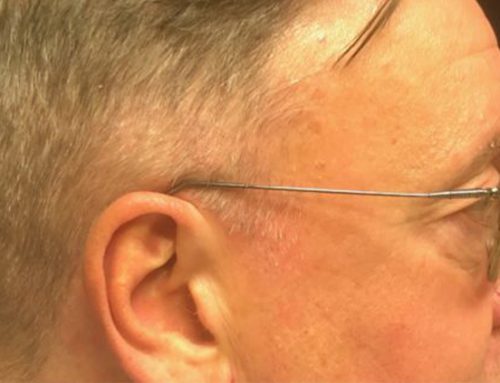Whether you think it is OK or not, the fact remains that adolescents (age 13-19) in the United States are having plastic surgery. More than 200,000 cosmetic procedures are performed on teens per year. Many of these are minimally invasive procedures like laser hair removal or treatments for acne scars, but nearly 70,000 are surgical procedures including breast lifts and breast reductions.
Behind these statistics, though, are the individuals and their parents or guardians involved in making the decision to go forward. No plastic surgery should be taken lightly, but when a teen is involved, there are further considerations. The American Society of Plastic Surgeons gives the following advice:
“As with any surgery, parental consent is required for all plastic surgery procedures performed on teens younger than 18 years old. The ASPS advises parents to evaluate the teenager’s physical and emotional maturity and believes that individual cases merit careful evaluation under the guidance of a plastic surgeon certified by The American Board of Plastic Surgery.”
For breast reductions, called reduction mammaplasty, physical maturity is important in particular. Breast development during adolescence varies greatly and most plastic surgeons recommend waiting until an age when the breasts are fully developed.
Having overly large breasts, or macromastia, can be difficult physically and emotionally. The physical symptoms may include neck and back pain, chronic headaches, rashes, poor posture, and numbness and tingling in the hands. This research study found a significant negative effect on quality of life and eating behaviors in adolescents with macromastia.
The treatment for macromastia is a breast reduction. Depending on breast size, this procedure involves the removal of a variable amount of skin, excess fat and glandular tissue as well as lifting of the breasts so that they do not hang down below the breast fold. This repositioning of the breast may help as much as the actual reduction of the weight of the breasts.
A 2017 study on the effect of breast reduction on the quality of life in adolescents showed a positive impact. About a hundred teens with macromastia were followed from six months to five years after breast reduction surgery. Along the way they gave the teenagers a self-esteem rating scale, a breast-related symptoms questionnaire, and an eating attitudes test. They found a significant improvement in all three areas that were still demonstrable after 5-years.
According to the American Society of Plastic Surgeons, the best results will occur if the following are true:
- The teenager initiates the request.
- The teenager has realistic goals.
- The teenager has sufficient maturity.
It is important to note that breast reductions are not limited to teenage girls. More than 7,000 breast reductions in boys (age 13-19) with gynecomastia were performed in 2016 alone. Gynecomastia is a term used to describe enlarged breast tissue in men. You can learn more in our post on the surgical treatment for gynecomastia.
You can also learn more about breast reduction surgery in the posts below:
- Why Many Women Get Breast Reductions
- What Exactly is a Breast Reduction
- How to Pay for Your Breast Reduction
If you or your teenager are unhappy with your breast size, or you simply want to find out if a breast reduction is the right choice, call our office today and schedule a consultation.





